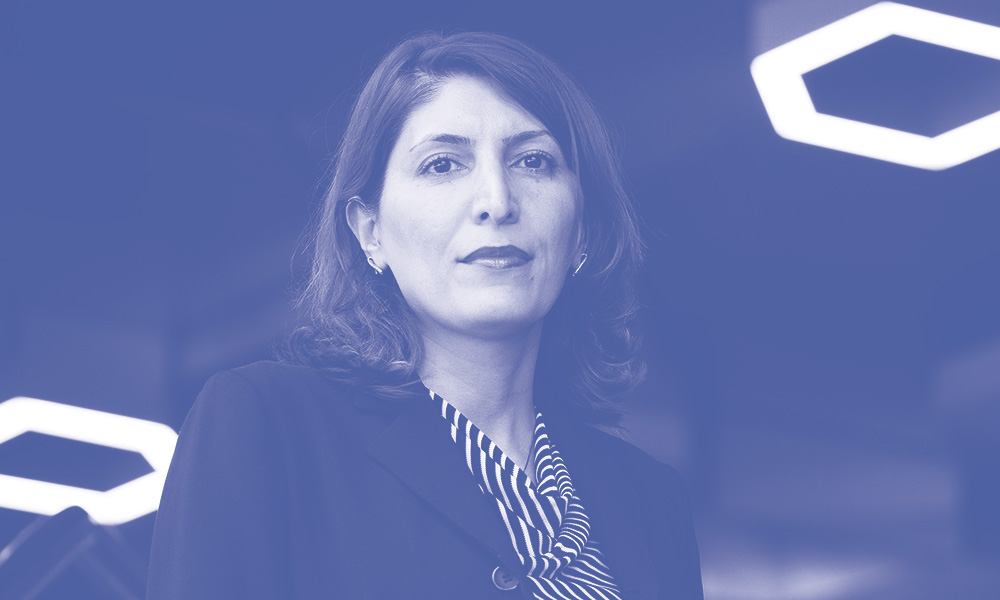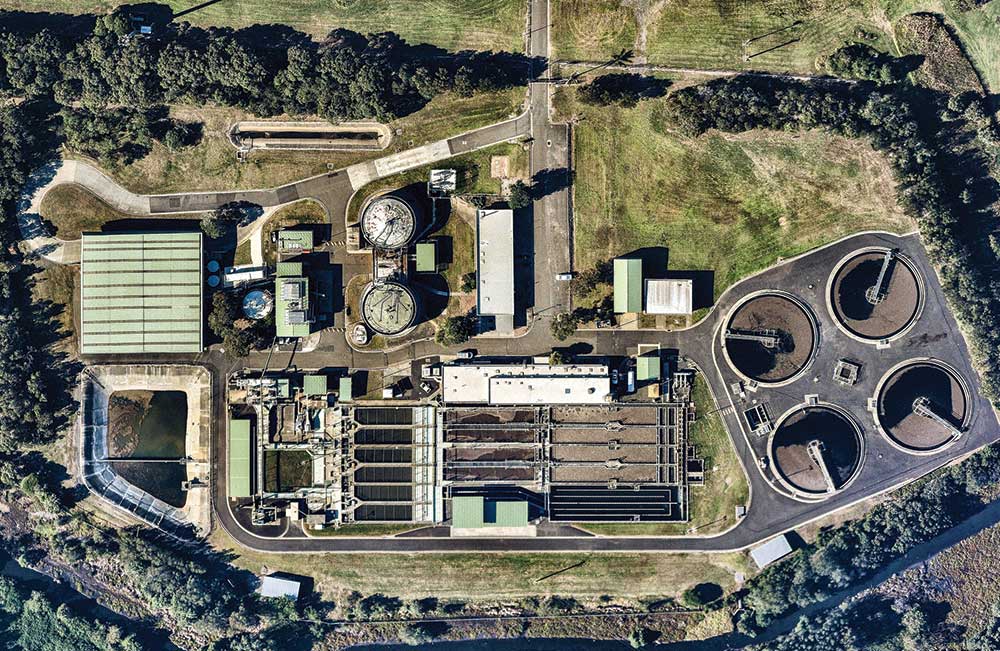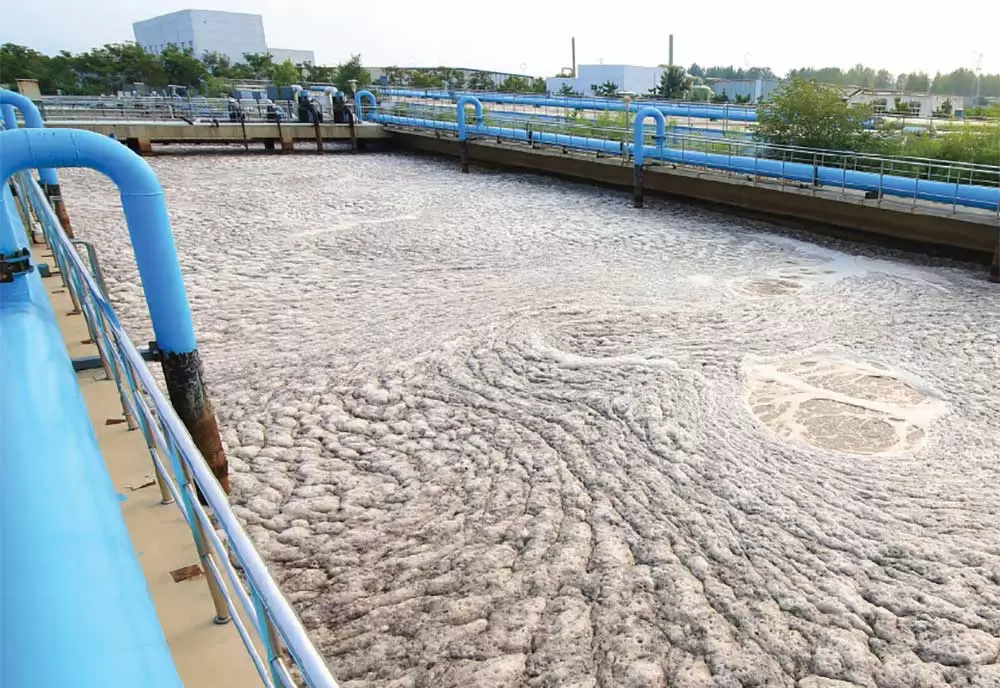Sludge is a messy subject, but Nicky Eshtiaghi believes her work on sewage systems can make the world a better place.
Most of us don’t like to think about what goes on in a city’s sewer system. A well-functioning network will keep its contents out of sight and out of mind.

RMIT Associate Professor Nicky Eshtiaghi, however, does think about what is known as sludge — the solid residue from wastewater treatment — and the infrastructure through which it travels.
It’s a subject she believes is worth a lot of attention.
“I’m really hoping that the development of energy-efficient processes through my research contributes to human beings having a better life,” she told create.
“So many people in this world, they don’t have proper sanitation. If I am able to get this understanding and this research to keep going, then I will be able to contribute to improving people’s lives.”
As part of her drive to create smarter, cheaper and more effective sanitation
systems, Eshtiaghi has focused her attention on one problem in one city’s network of pipes.
But the solutions she finds there, she believes, can ultimately be used on a broader scale.

Moving sludge
Eshtiaghi’s research aims to model the flow of sludge through Melbourne’s sewers so that they can be more effective and operate using less energy.
“I had a working relationship with South East Water and Melbourne Water for a long time, and they knew that I’d been working on the flow behaviour of sludge,” she said.
“Melbourne is growing. The population is increasing, a large volume of wastewater is going into the wastewater treatment plant, and they cannot expand the current facility anymore. They have to really increase throughput with the current facility.”
The answer, which is where Eshtiaghi’s expertise came in, was to increase the concentration of the sludge.
That way, more material would be able to flow through the same network of pipes.
That would, however, mean the network would require a more powerful pumping system.
“When they were trying to replace the pump, they were trying to keep in mind that, in the near future, we are going to increase the sludge concentration,” Eshtiaghi explained.
One possibility was to over-estimate the demands that would be placed on the pump: use some rough calculations and build a lot of slack into the system.
The problem with that approach, however, is that bigger pumps use more energy, and a pump that isn’t suitable for the system in which it operates gets very expensive very quickly.
“We just tried to study the rheology of the sludge for three different types of sludge over a one-and-a-half-year period,” Eshtiaghi said.
“We found that actually there is a big variation in the sludge rheological data. Just the primary sludge, maybe the viscosity is varied by 40 per cent.”
Efficiency and innovation
Melbourne Water’s pumps use more than one quarter of the processing plant’s energy. Better modelling of the sludge would enable big savings by maximising energy efficiency.
The toolkit Eshtiaghi has created to model this flow fits rheological models to raw data by implementing her team’s regression methods. It also uses an artificial neural network to predict the rheology of sludge from commonly measured parameters in the site.
“We monitored our calculation with what’s happening in an actual plant,” Eshtiaghi said.
“It was really important that we predicted the pump pressure drop accurately to enable the pumps to operate in the best efficiency point. And that best efficiency point depends on if we have a proper equation for pressure drop.”
One source of inspiration for the modelling was the mining industry, which also has to handle fluids of differing viscosities. It wasn’t a perfect comparison, but it worked as a starting point.
“They had a good development of the pressure drop calculation for mineral slurry and they have brought a lot of savings for the mineral industry because of the optimised pumping system that they had,” Eshtiaghi said.
“We took the idea from there because both the sludge and mineral slurry have a similar characteristic. They are different, but they have some sorts of common properties.”

Eshtiaghi’s work is not glamorous, but it is innovative — innovative enough to be recognised in create’s Most Innovative Engineers listing for 2020.
“It gives more visibility for research, and I’m hoping that visibility can bring more funding,” she said.
“I’m pleased to receive this recognition from Engineers Australia because I can see that will be a boost for the research.”
She hopes her work will put Australia at the forefront of technological innovation in this area. She has already begun looking overseas for places her modelling might be able to make a difference.
“We are about to start looking at one issue of the pumping in Indonesia,” she said.
“The septic tank sludge is too thick and we are trying to develop a strategy for desludging based on our current understanding we have for pumping.”
She also mentioned colleagues from China, the United States and the United Kingdom that have been in touch with her about
the work.
“All of them are indicating this is a really universal problem,” she said.
“I can see how my research can contribute to the life of human beings.”
Composition prediction
Part of Eshtiaghi’s work with Melbourne Water has been the creation of an artificial neural network that can help the tool predict rheology from commonly measured parameters.
“All of this sludge is changing over the one year,” she said.
“How do we predict how it is going to be changed if its total solid and organic matter varies? Can we do some sort of graph calculation to see how the change of rheology can be predicted for any of these properties?”
Her $1 million project helps create an accurate equation for pressure drop, but with further funding could develop an algorithm to predict changes based on variables ranging from temperature to sludge composition while a population’s diet changes.



